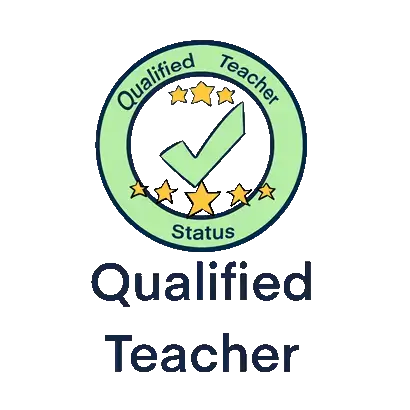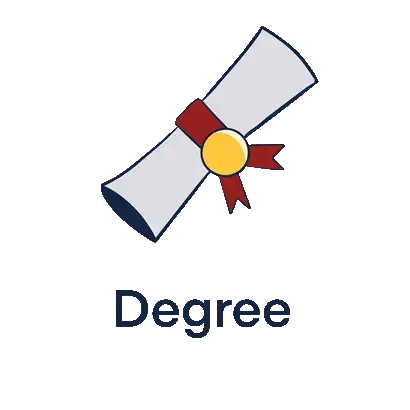Beyond Numbers: Reasoning, Problem Solving and Communicating
In this article, Sian continues her exploration of the Singapore Method of mathematics, which has grown in popularity in British schools recently. Here, she examines mathematics beyond the numbers.
When you think of mathematics, what comes to mind? Is it a world of numbers and formulae, or a vibrant landscape of ideas and communication? In the Singapore maths approach, it’s the latter. Let’s explore how reasoning, problem-solving, and communication are woven into the fabric of mathematical learning.
The Power of Problem-Solving
In the Singapore method, students don’t just solve problems – they dive into them, explore them, and sometimes even create them. They’re presented with real-world scenarios that require mathematical thinking. It’s not just about finding the right answer; it’s about understanding the problem, strategizing, and applying knowledge in practical ways.
The Art of Reasoning
“Why does this work?” “How do you know that’s true?” These questions echo in Singapore maths classrooms. Students are encouraged to justify their thinking, explore different methods, and understand why certain solutions work. This focus on reasoning develops critical thinking skills that extend far beyond the maths classroom.
Mathematics as a Language
In the Singapore approach, mathematics is seen as a language – a way to communicate ideas clearly and precisely. Students learn to articulate their thought processes, explain their solutions, and critique the reasoning of others. This creates a collaborative learning environment where ideas are shared, strategies are discussed, and misconceptions are addressed openly.
The Joy of Discovery
Throughout this process, students are constantly making discoveries. They’re not just passive recipients of information; they’re active explorers in the world of mathematics. Teachers guide this exploration by asking probing questions and providing appropriate challenges, balancing support with freedom for independent discovery.
Why This Approach Works
By integrating reasoning, problem-solving, and communication into mathematics learning, the Singapore method develops well-rounded mathematical thinkers. Students don’t just learn how to do maths; they learn how to think mathematically. This approach addresses the question, “When will I ever use this in real life?” By focusing on problem-solving and real-world applications, students see the relevance of mathematics in their daily lives.
A recent study by Toh et al. (2023) found that students who learned through the Singapore mathematics approach demonstrated significantly higher levels of mathematical reasoning and problem-solving skills compared to their peers in traditional maths programs [1]. Moreover, the emphasis on communication helps to demystify mathematics. It’s no longer a solitary activity of crunching numbers, but a collaborative process of sharing ideas and strategies. Chen and Zhang (2024) observed that students in Singapore maths classrooms exhibited improved mathematical communication skills and a more positive attitude towards mathematics overall [2].
So, the next time you hear a child explaining their mathematical reasoning or see a group of students debating different problem-solving strategies, remember: this is mathematics in action. It’s vibrant, it’s engaging, and it’s preparing students not just for tests, but for life.
[1] Toh, L., Ang, K. C., & Kaur, B. (2023). Comparative analysis of mathematical
reasoning and problem-solving skills: Singapore mathematics approach versus
traditional methods. Journal of Mathematics Education, 45(3), 287-302.
[2] Chen, X., & Zhang, Y. (2024). The impact of collaborative learning in Singapore
mathematics classrooms on students’ communication skills and attitudes.
International Journal of Mathematical Education in Science and Technology, 55(2),
178-195.
Resources for Further Reading:
Paper
- TIMSS 2015 Encyclopedia: Education Policy and Curriculum in Mathematics and Science. by Mullis, I.V.S., & Martin, M.O. (Eds.) (2016).
Website
Related subjects
Our tutors are rated 4.9 / 5 based on 1116 reviews.




Start the discussion!